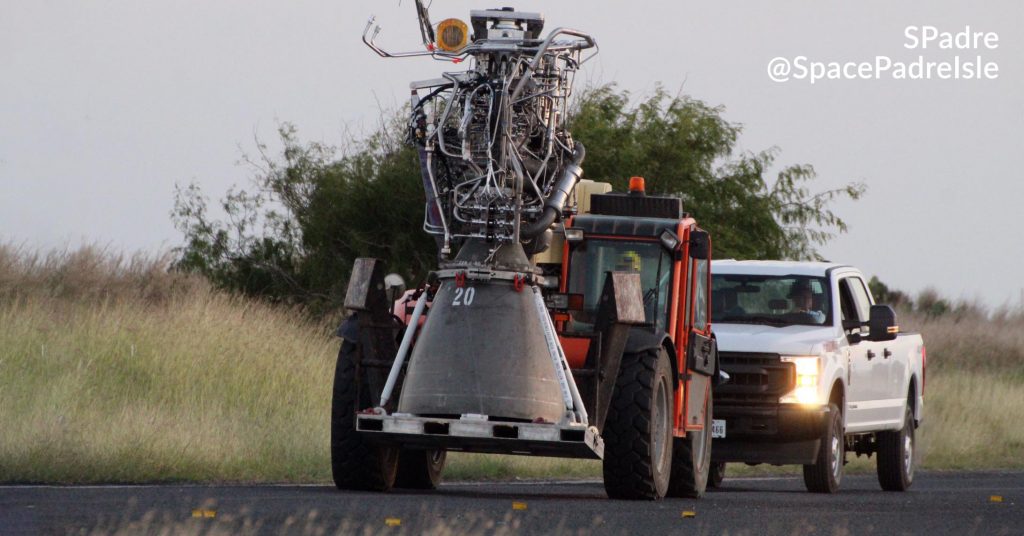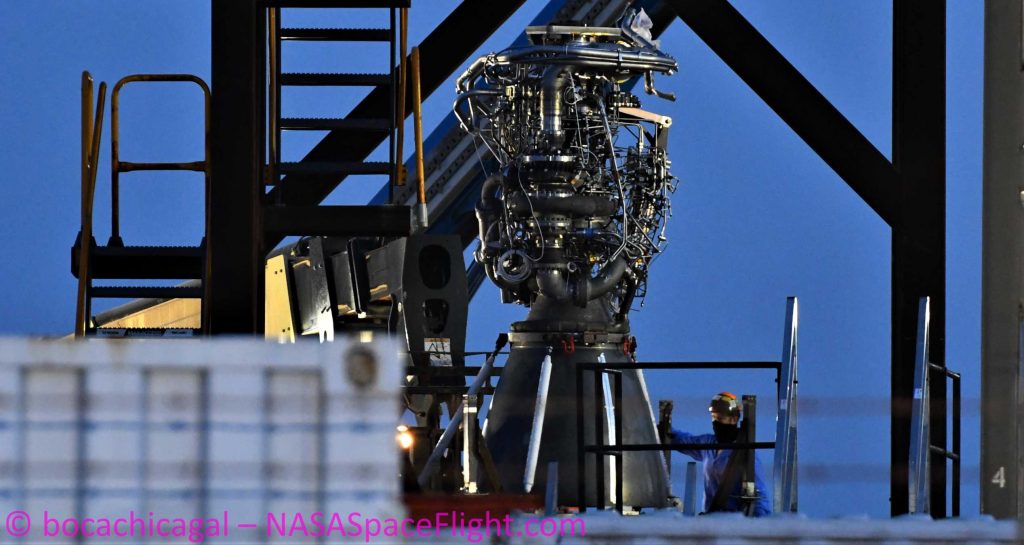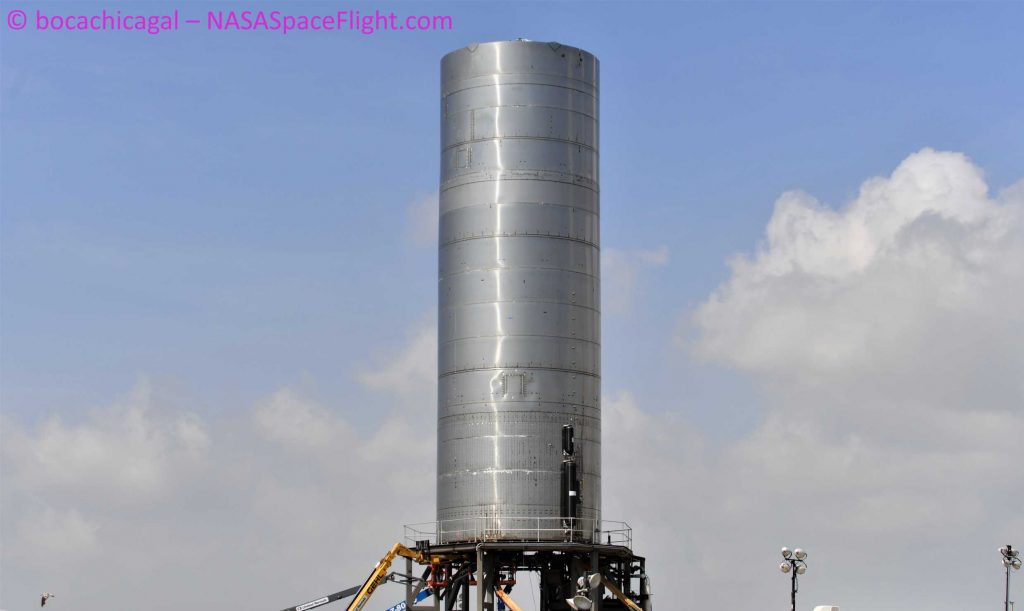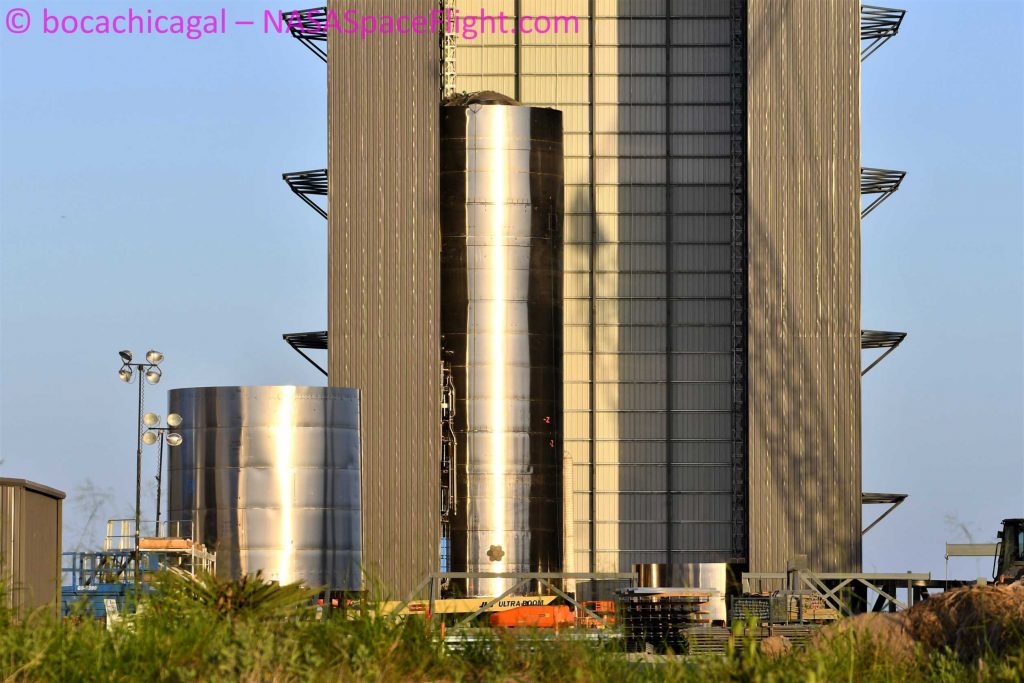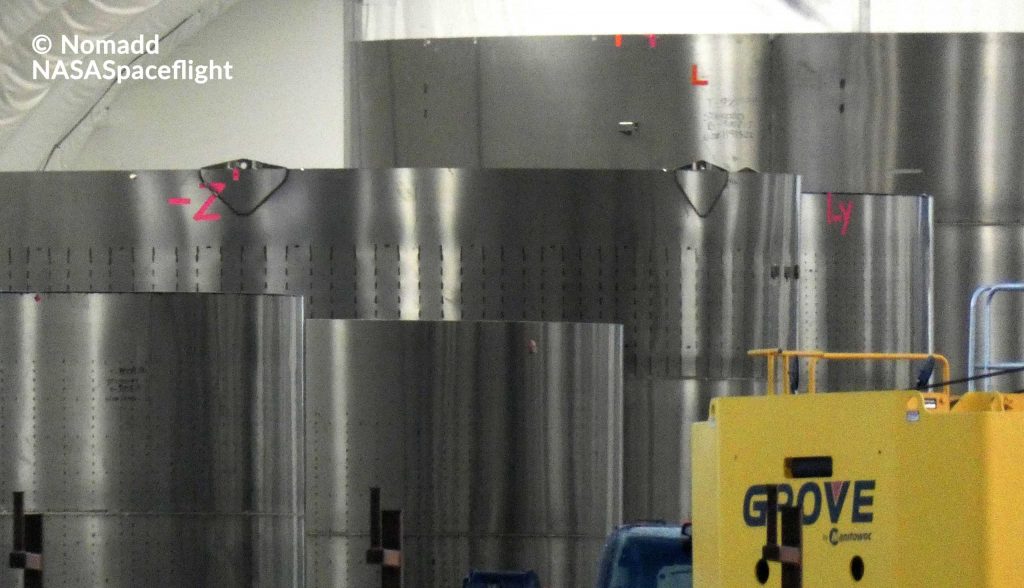1.07.2020
SpaceX Starship event expected this September, says Elon Musk

SpaceX CEO Elon Musk has implied that he will continue the tradition of annual Starship update events later this year, likely presenting on the progress the company has made over the last 12 months at its South Texas rocket factory.
Beginning in Guadalajara, Mexico at the September 2016 International Astronautical Congress (IAC), Musk has presented a detailed annual update on the status of SpaceX’s next-generation Starship launch vehicle in September or October for the last four years. Formerly known as the Interplanetary Transport System (ITS) and Big Falcon Rocket (BFR), Starship is effectively a continuation of the unprecedented progress SpaceX has made with Falcon 9 and Heavy reusability.
SpaceX has managed to reliably reuse Falcon boosters 5+ times and is on the way to replicating that with payload fairings, but Musk has concluded that the Falcon family – despite being some of the largest operational rockets in existence – is just too small to feasibly recover and reuse the orbital second stage. With Starship, SpaceX wants to take a slightly different approach.
While also a two-stage rocket, Starship will have a magnitude more thrust than Falcon 9 and twice the thrust of Saturn V, the largest liquid rocket ever successfully launched. More importantly, both Starship stages are designed to be easily and rapidly reusable, while also entirely getting rid of deployable payload fairings. In theory, once fully optimized, Starship and the Super Heavy booster should be capable of placing 150 metric tons (~330,000 lb) of payload into low Earth orbit (LEO) in a single launch.
Of course, that is going to be an immense challenge – arguably the single most ambitious project in the history of commercial spaceflight – and SpaceX has quite a ways to go before it can even come close. Aside from the huge publicity and excitement it generates, offering detailed explanations of how exactly SpaceX is progressing towards those goals and how Starship’s design is evolving is likely the primary reason Musk has chosen to continue doing annual presentations.
SpaceX may likely be years away from routine, fully-reusable Starship launches but that doesn’t mean that no progress has been made. In the last ~10 months, SpaceX has successfully flown Starhopper to 150 meters (500 ft), destroyed Starship Mk1; built, tested, and destroyed Starships SN1, SN3, SN4, and four standalone test tanks; and expanded its South Texas presence from almost nothing to a large, semi-permanent factory.
Aside from Starship production and testing, SpaceX has evolved the cutting-edge Raptor engine from a relatively rough prototype to an engine capable of operating at the fringes of what thermodynamics will allow. Per Musk, a vacuum-optimized variant of the existing Raptor engine may already be preparing for its first test fires in McGregor, Texas. Meanwhile, SpaceX won its first Starship contract from NASA a matter of weeks ago, solidifying the ambitious rocket’s stature relative to other more traditional next-generation rockets from Blue Origin and the United Launch Alliance (ULA).
All things considered, there is an extraordinary amount of tangible progress on tap for the Starship update Musk says is planned for September. With a little luck, the 2020 presentation will align with Starship’s test program much like the 2019 event did with Starhopper, coming just a few months after ambitious flight tests.
Quelle: TESLARATI
----
Update: 7.07.2020
.
SpaceX Starship prototype bears down on first Raptor engine tests
SpaceX’s fifth full-scale Starship prototype is fast approaching its first Raptor static fire tests after the company recently delivered one of the newest engines to the launch site.
Known as Starship SN5, the ship is the fifth SpaceX has built since full-scale prototype development began in early 2019, as well as the fourth full-scale ship the company has completed since it began producing upgraded hardware in January 2020. SN5 rolled from SpaceX’s Boca Chica, Texas rocket factory to nearby test and launch facilities on June 24th, less than a month after Starship SN4 was destroyed by operator error minutes after completing its fourth Raptor static fire in four weeks.
While Starship SN5 was already more or less complete, SN4’s explosive demise damaged the launch mount (used to secure and fuel prototypes) beyond repair, forcing SpaceX to rapidly build and outfit a replacement. SpaceX finished that replacement mount around June 20th, installed SN5 on it a few days later, and then spent about a week finalizing and inspecting both components.

